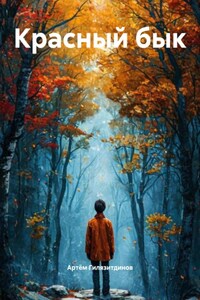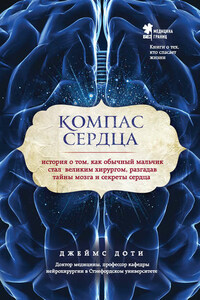COPYRIGHT
William Collins
An imprint of HarperCollinsPublishers Ltd.
1 London Bridge Street
London SE1 9GF
www.harpercollins.co.uk
First edition 1954
Reprinted 1958
Revised edition 1962
Reprinted 1967
Reprinted 1971
Revised edition 1974
Reprinted 1976
Reprinted 1977
Copyright © Colin G. Butler
Colin G. Butler asserts the moral right to be identified as the author of this work
A catalogue record of this book is available from the British Library
All rights reserved under International and Pan-American Copyright Conventions. By payment of the required fees, you have been granted the nonexclusive, nontransferable right to access and read the text of this ebook on-screen. No part of this text may be reproduced, transmitted, downloaded, decompiled, reverse-engineered, or stored in or introduced into any information storage and retrieval system, in any form or by any means, whether electronic or mechanical, now known or hereafter invented, without the express written permission of HarperCollins ebooks
HarperCollinsPublishers has made every reasonable effort to ensure that any picture content and written content in this ebook has been included or removed in accordance with the contractual and technological constraints in operation at the time of publication
Source ISBN: 9780007343218
Ebook Edition © JULY 2017 ISBN: 9780007406265
Version: 2017-07-31
EDITORS:
MARGARET DAVIES C.B.E. M.A. Ph.D.
JOHN GILMOUR M.A. V.M.H.
KENNETH MELLANBY C.B.E. Sc.D.
PHOTOGRAPHIC EDITOR:
ERIC HOSKING F.R.P.S.
The aim of this series is to interest the general reader in the wild life of Britain by recapturing the inquiring spirit of the old naturalists. The Editors believe that the natural pride of the British public in the native fauna and flora, to which must be added concern for their conservation, is best fostered by maintaining a high standard of accuracy combined with clarity of exposition in presenting the results of modern scientific research.
EPIGRAPH
âInter omnia tnsecta principatus apibus, et
jure praeapua admiratio.â
PLINY. Lib. II. c.5
PREFACE TO THE THIRD EDITION
IT IS almost exactly twenty years since the first edition of The World of the Honeybee was publishedâtwenty years during which many exciting advances in our knowledge of the behaviour and physiology of the honeybee have been made. These include much more information about the chemical compounds (pheromones) produced by larvae as well as adult queens and workers and of their role in controlling the behaviour of the individuals of which a honeybee colony is composed, and thus of the colony as a whole. The sex attractant released by the queen which enables flying drones to find her has been discovered and found to be the same substance as the principal component of the âqueen substanceâ which I postulated in 1954. âQueen substanceâ in its turn is now known to be a mixture of several substances most, but perhaps not all, of which are found in the secretion of the queenâs mandibular glands; substances that not only inhibit unnecessary queen rearing by the worker bees and development of their ovaries, but also help the workers of swarms to find their queens and cluster quietly with them.








